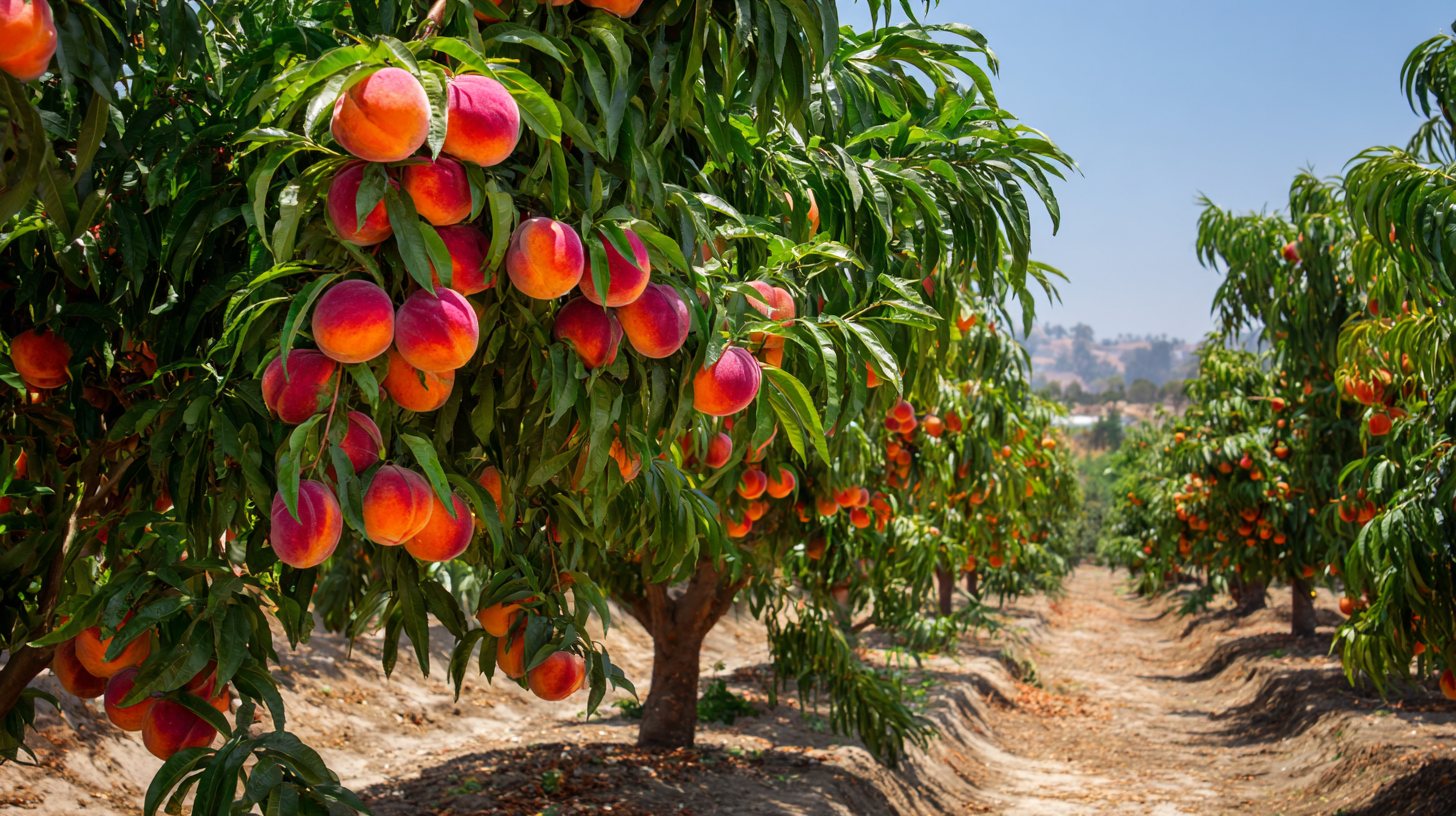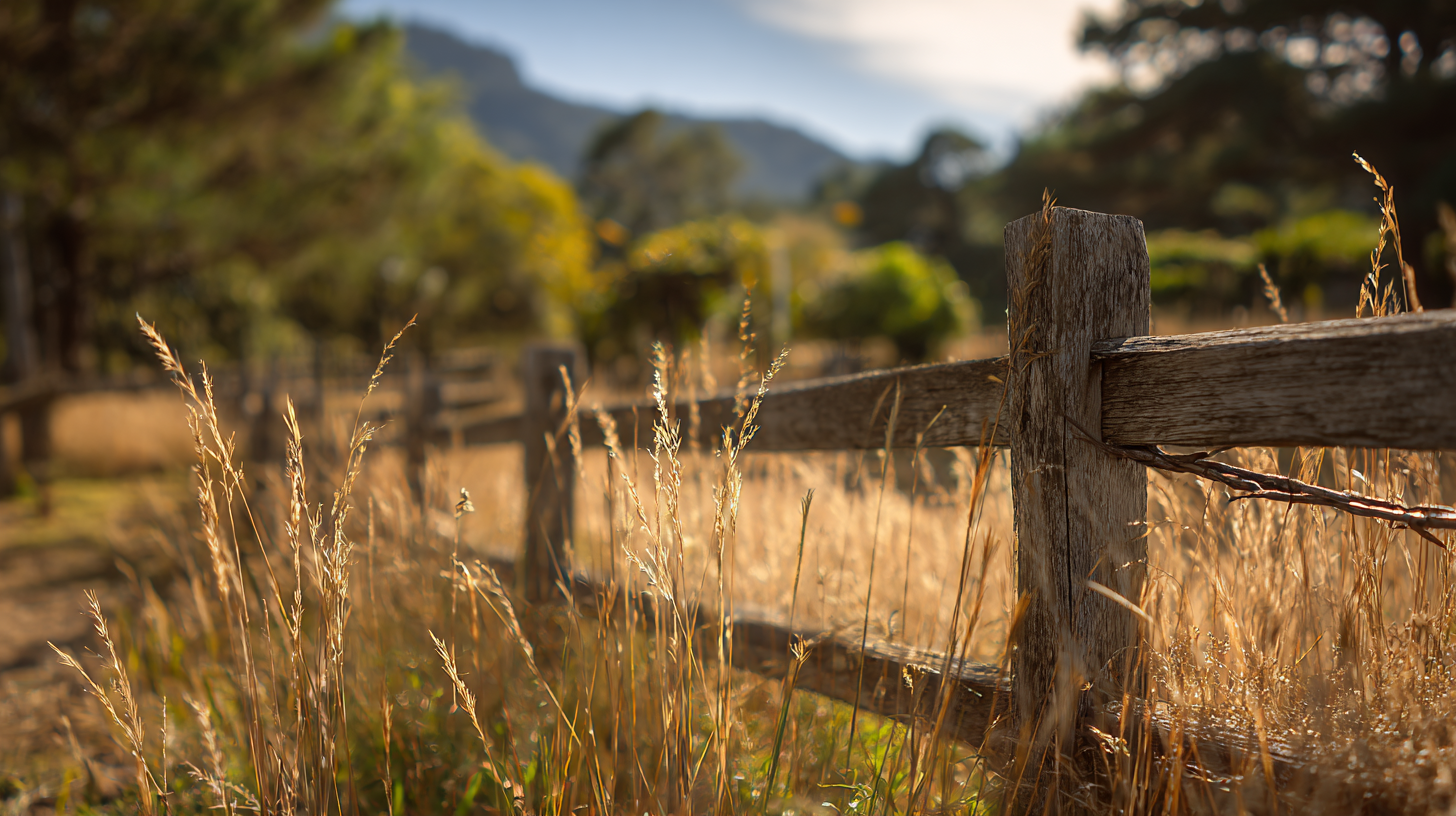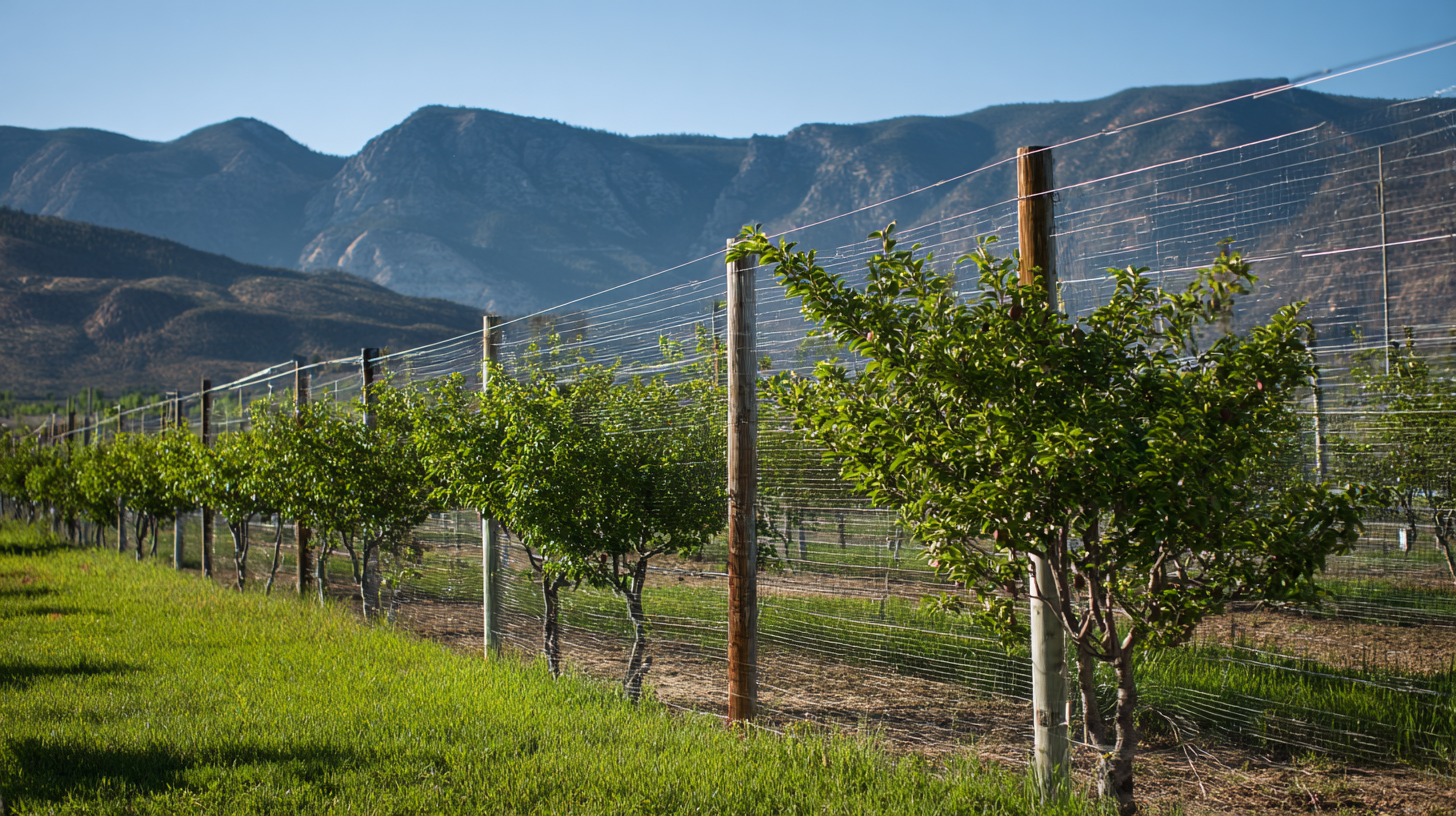Leave Your Message
-
Telephone
-
WeChat/ WhatsApp
-
Email
 When it comes to enhancing the aesthetic appeal and security of outdoor spaces, the importance of choosing the right fencing cannot be overstated. Among various fencing options available on the market, the Peach Post Fence stands out due to its unique blend of quality, durability, and versatility. Understanding the best production standards for Peach Post Fence is essential for making an informed decision that aligns with your specific needs. In this blog, we will delve into the industry application cases of Peach Post Fence, backed by compelling statistics and instances that highlight its effectiveness. Additionally, we will explore the reasons why selecting the right Peach Post Fence can make a significant difference in your property’s overall look and functionality, ensuring you have all the insights necessary to choose the perfect option for your outdoor requirements.
When it comes to enhancing the aesthetic appeal and security of outdoor spaces, the importance of choosing the right fencing cannot be overstated. Among various fencing options available on the market, the Peach Post Fence stands out due to its unique blend of quality, durability, and versatility. Understanding the best production standards for Peach Post Fence is essential for making an informed decision that aligns with your specific needs. In this blog, we will delve into the industry application cases of Peach Post Fence, backed by compelling statistics and instances that highlight its effectiveness. Additionally, we will explore the reasons why selecting the right Peach Post Fence can make a significant difference in your property’s overall look and functionality, ensuring you have all the insights necessary to choose the perfect option for your outdoor requirements.
When selecting the ideal peach post fence production standards, there are several essential factors to consider that ensure durability, functionality, and aesthetic appeal. First and foremost, the material used in the production of the fence posts is crucial. Common materials include treated wood, vinyl, and metal, each offering unique benefits. Treated wood provides a natural look but requires regular maintenance, while vinyl is low-maintenance and offers excellent weather resistance. Metal, on the other hand, can provide high durability and a modern aesthetic.
Additionally, the dimensions and design specifications of the fence are important to assess. The height and width of the posts should complement the overall purpose of the fence—whether for privacy, security, or decorative purposes. Furthermore, considering the spacing between the posts is essential for structural integrity and visual appeal. Opting for a standard spacing that meets local regulations and best practices can greatly enhance the fence’s durability and ensure it serves its intended function effectively. By focusing on these key production standards, you can choose a peach post fence that not only meets your needs but also enhances your property’s value.
When choosing the right peach post fence for your garden, several key factors come into play to ensure you make the best selection for your needs. First, consider the material of the fence posts. Different materials, such as wood, vinyl, and metal, offer varying levels of durability, maintenance, and aesthetic appeal. For instance, wooden posts may provide a rustic charm but require regular upkeep, while vinyl posts offer longevity with less maintenance.
Next, think about the height and spacing of the fence. The dimensions will depend not only on the type of garden you are cultivating but also on the level of protection you desire against pests and animals. A taller fence might be necessary for more vulnerable plants, while a shorter one can suffice for decorative purposes. Additionally, ensure that the spacing between the posts accommodates future growth of the peach trees and allows for ample sunlight and airflow, which are critical for healthy growth. By assessing these factors, you can choose a peach post fence that aligns perfectly with your gardening aspirations.

When considering the best peach post fence production standards, it's essential to evaluate the materials used. Various types of materials such as wood, metal, and vinyl can be compared based on durability, aesthetic appeal, and maintenance requirements. Wood provides a classic look but may require regular treatment to resist weather damage. In contrast, metal fences offer strength and longevity, while vinyl fences deliver low maintenance needs without sacrificing style.
Tips for choosing the right peach post fence include assessing the weather conditions in your area. For places with harsh climates, opt for materials like metal or high-quality treated wood that can withstand the elements. Additionally, consider the specific needs of your garden or property. If the fence is primarily for aesthetics, wooden options may be preferable, while for security, sturdier materials like metal are advisable. Lastly, evaluate maintenance levels; if you wish to minimize upkeep, vinyl fences can be an excellent choice, standing strong against rot and pests while requiring little attention.
When selecting a peach post fence, evaluating its durability and longevity is paramount to ensure it withstands the test of time. First, consider the materials used in the fence construction. High-quality wood options like cedar or redwood offer natural resistance to rot and pests, making them ideal choices for outdoor settings. Additionally, metal posts, such as galvanized steel, provide enhanced strength and can endure harsh weather conditions without compromising integrity.
Next, focus on the construction techniques employed. A well-constructed fence incorporating adequate spacing, robust post anchors, and treated wood will significantly improve its lifespan. It's also wise to inspect any protective coatings or sealants that may be applied to wood to prevent water damage and wear from UV exposure. By carefully assessing both the materials and construction methods, you can make an informed choice that aligns with your durability requirements, ensuring your peach post fence remains a reliable barrier for years to come.
| Material | Durability (Years) | Maintenance Requirements | Cost per Unit ($) | Environmental Impact |
|---|---|---|---|---|
| Wood | 10-15 | Regular sealing and staining | 50-100 | Biodegradable |
| Vinyl | 20-30 | Minimal maintenance | 70-150 | Low, but not biodegradable |
| Metal (Steel) | 40+ | Occasional rust treatment | 100-200 | Recyclable |
| Composite | 25-30 | Minimal | 75-175 | Moderate |
When it comes to maintaining the longevity of peach post fences, adopting proper maintenance practices is essential. Regular inspections should be the cornerstone of your upkeep routine. Check for signs of wear and tear, such as rotting wood or rusting metal, which can compromise the structural integrity of your fence. Catching these issues early can prevent costly replacements and ensure your fence remains a protective barrier for your peach orchards.
In addition to inspections, applying protective finishes is vital. For wooden posts, consider using sealants or paints designed for outdoor use to protect against moisture and pests. Similarly, metal posts should be treated with rust-inhibiting coatings to guard against the elements. Regular cleaning is also important; removing debris and dirt can help prevent the buildup of mold and mildew, which can accelerate deterioration. By integrating these maintenance practices into your routine, you can extend the life of your peach post fences and protect your crops effectively.



